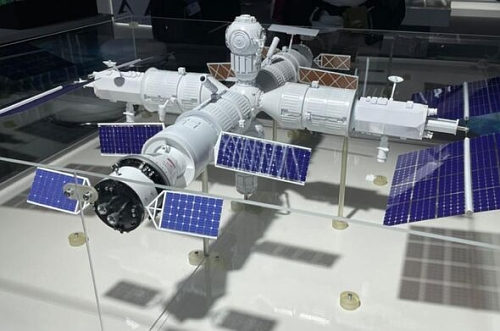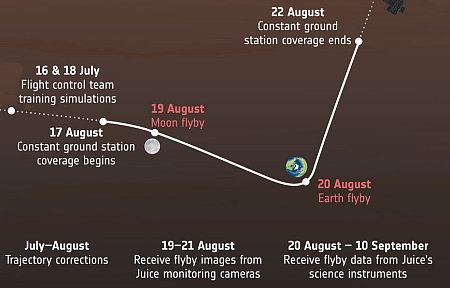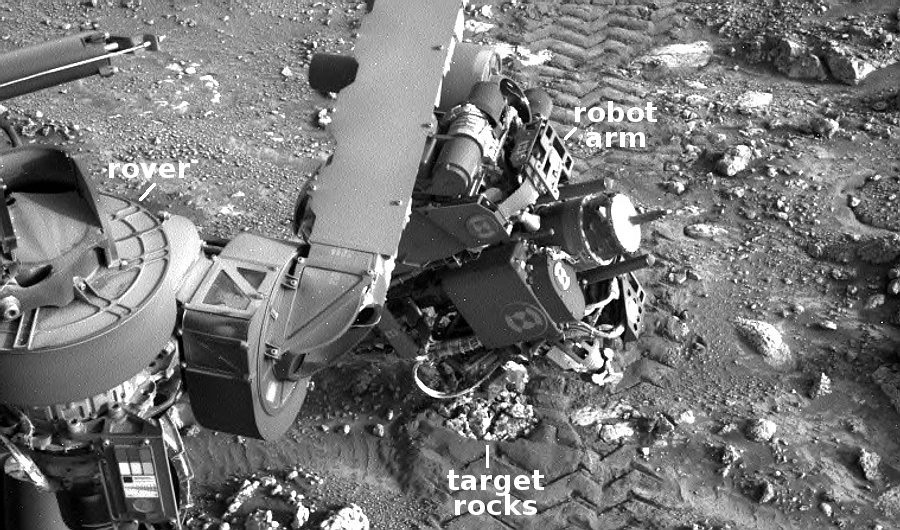Scientists find hydrogen molecules in Chang’e-5 lunar samples
According to China’s state-run press, scientists analyzing the lunar samples brought back by its Chang’e-5 lander have detected extensive “hydrated” molecules in Moon’s regolith.
The mineral’s structure and composition bear a striking resemblance to a mineral found near volcanoes on Earth. At the same time, terrestrial contamination or rocket exhaust has been ruled out as the origin of this hydrate, according to the study.
The Chinese article keeps referring to these molecules as a form of “water molecules” but that is dead wrong. These are mineral molecules that simply have hydrogen as a component. There is no water here.
The discovery suggests that the detection of hydrogen on the surface of the Moon, both in the permanently-shadowed craters at the poles as well as lower latitudes, might not be water at all, but hydrated minerals. If so, the Moon is going to be a much more difficult place to establish colonies or even research bases, as getting water (and hydrogen and oxygen) is going to require a much more difficult mining and processing effort.
For several years the data has increasingly pointed in this direction. And for several years I have noticed a strong unwillingness of scientists and the press to recognize the trend (as illustrated by the above article’s false insistence that these are water molecules). Water ice has not been ruled out yet in the permanently-shadowed craters at the poles, but the evidence is mounting against it.
I suspect this reluctance is fueled by a desire to not say anything that might discourage exploration of the Moon, and the possibility of water there has been the main driver for all the recent lunar exploration programs. I can’t play that game. As much as I want humanity to explore the Moon and the solar system, we mustn’t do it based on lies. The facts need to be reported coldly.
According to China’s state-run press, scientists analyzing the lunar samples brought back by its Chang’e-5 lander have detected extensive “hydrated” molecules in Moon’s regolith.
The mineral’s structure and composition bear a striking resemblance to a mineral found near volcanoes on Earth. At the same time, terrestrial contamination or rocket exhaust has been ruled out as the origin of this hydrate, according to the study.
The Chinese article keeps referring to these molecules as a form of “water molecules” but that is dead wrong. These are mineral molecules that simply have hydrogen as a component. There is no water here.
The discovery suggests that the detection of hydrogen on the surface of the Moon, both in the permanently-shadowed craters at the poles as well as lower latitudes, might not be water at all, but hydrated minerals. If so, the Moon is going to be a much more difficult place to establish colonies or even research bases, as getting water (and hydrogen and oxygen) is going to require a much more difficult mining and processing effort.
For several years the data has increasingly pointed in this direction. And for several years I have noticed a strong unwillingness of scientists and the press to recognize the trend (as illustrated by the above article’s false insistence that these are water molecules). Water ice has not been ruled out yet in the permanently-shadowed craters at the poles, but the evidence is mounting against it.
I suspect this reluctance is fueled by a desire to not say anything that might discourage exploration of the Moon, and the possibility of water there has been the main driver for all the recent lunar exploration programs. I can’t play that game. As much as I want humanity to explore the Moon and the solar system, we mustn’t do it based on lies. The facts need to be reported coldly.

















